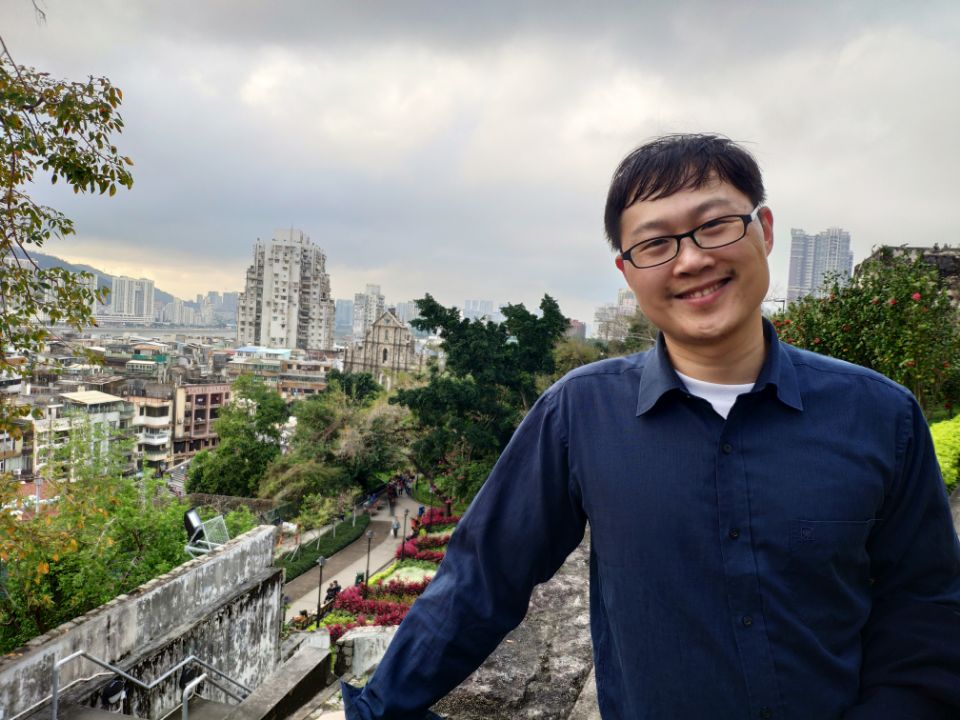Advanced Antiwetting Materials with Functional Interfaces: Interview with Yuekun Lai
原文链接:https://www.advancedsciencenews.com/advanced-antiwetting-materials-with-functional-interfaces-interview-with-yuekun-lai/

Professor Yuekun Lai is listed among the “Highly Cited Researchers 2018” by Clarivate Analytics. He has published several highly cited papers in the field of advanced materials with multifunctional interfaces for energy and environmental applications.
Already at an early stage of his career, he began working intensively towards the creation of TiO2nanostructures with special wettability for energy and environmental applications. It was the interdisciplinary nature of this research field that attracted him—involving materials, chemistry, physics, electronics, and manufacturing techniques—as well as the opportunity to see his work applied in practical applications such as coatings with functional surfaces.
Since Fujishima’s and Honda’s exciting discovery of TiO2for water photolysis in 1972, TiO2nanostructures have been further investigated, particularly for energy and environmental applications such as pollutant photocatalytic degradation, antifouling and self-cleaning, water splitting, solar cells, supercapacitors, and lithium‐ion batteries.
Lai’s research into this material has been driven by the constant challenge presented by the low solar light absorption of TiO2. This fact results from its wide bandgap (anatase: 3.2 eV, rutile: 3.0 eV), which lets TiO2absorb only 3–5% of the solar spectrum, and from the fast recombination of electron–hole pairs, leading to a decreased efficiency in the photo/photo-electrocatalytic activity.
In his work, Lai addresses these challenges by enlarging the active surface, forming heterojunctions, and engineering the band structure of TiO2with the aim of broadening the visible light absorption and separating the electrons/holes to prevent recombination for improved photo‐to‐energy conversion efficiency.
Future research in the area of TiO2nanostructures will continue to be exciting; in Lai’s opinion, the focus should be on scaling up the synthesis of green catalysts and the development of the corresponding stable photocatalytic/photo-electrochemical devices to convert these technologies into practical applications in the near future.
Another area of emphasis in Lai’s work is bio-inspired intelligent surfaces with special wettability. Adopting nature as a model—the lotus leaf, water strider, mosquito eye, spider silk, desert beetle, gecko feet, rose petal, and butterfly all possess special wettability and adhesion—artificial superhydrophobic surfaces have shown great promise for both fundamental research and industry applications.
Lai believes that the rational construction of robust and intelligent membranes with superhydrophobic surfaces for efficient and sustainable oil–water separation is one of the hottest topics for scientists in this research area. The importance of this research lies in the fact that it is closely bound up with efforts addressing the problem of oil contamination in water, which not only induces severe water pollution but also threatens human health and all living species in the current ecological system.
To address this challenge, different biomimetic advanced materials interfaces with special wettability and separation strategies have been developed in Lai’s lab for sustainable oil–water separation, which are providing promising solutions for oily-water remediation.
To learn more about advanced antiwetting materials with functional interfaces, read the paper published byYuekun Lai in Advanced Materials Interfaces.In honor of the 5thanniversary of Advanced Materials Interfaces, please also watch out for additional articles and posts related to our celebration onAdvanced Science News.